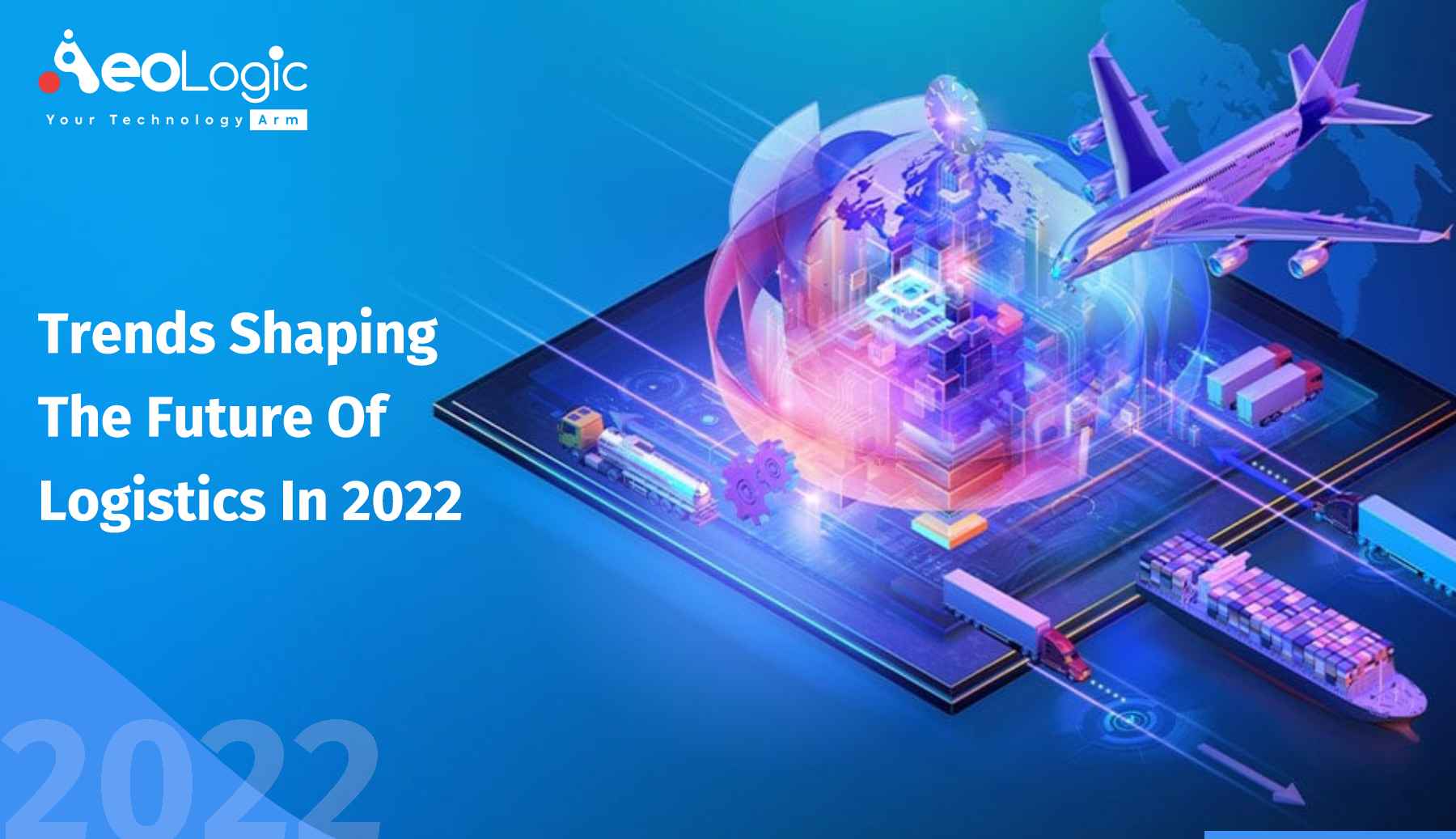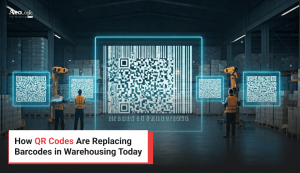In the last couple of years, the supply chain and logistics industries have seen a lot of changes. Technology aids the industry in gaining a more strategic competitive footing allowing them to focus back on the core of their main business. To help shippers understand what’s coming down the road in 2022 in this blog you’ll have a look at a few transportation and trends to look out for this year.
The Future Trends Are as Follows
1. Supply chain players will be less asset-centric:
Data is already proven to be a competitive advantage; we will see the emergence of a new breed of logistics businesses that will not own assets but will instead provide logistical services using data from those who do. Non-asset-based carriers are similar to e-broken in that they provide their clients with the benefits of flexibility. They may check the availability and pricing of multiple partners and link their clients to the most appropriate asset-based carrier company by leveraging the power of digitization. Crowd shipping will necessitate accurate real-time data from a variety of sources, on-demand pick-up solutions will be available, as well as on-demand storage and retrieval so these characteristics will become more prominent.
2. Shifting from linear to the circular supply chain:
The move away from the “take, make, and throw away” liner system has resulted in a circular supply chain. The latter is the model in which materials are dumped into landfills after usage, with much of it poisoning our lakes and seas. A more sustainable concept that produces a closed-loop system is the circular supply chain. It recycles unwanted materials, such as packaging, by breaking them down into their raw form.
3. Blockchain technology will negotiate smart contracts:
Global firms are increasingly adopting blockchain in the supply chain and more organizations will employ blockchain technology to reduce interruptions and improve transparency. By 2025, the worldwide supply chain market for blockchain is predicted to increase rapidly. The problem of data sharing throughout the supply chain is well-known, and blockchain technology will improve transparency.
4. Extensive adoption of the internet of things:
The internet of things(IoT) is a network of interconnected devices that allow data to be transferred over networks without the need for human interaction. Through the use of sensors, IoT technology is already integrating warehouses, transit modes, and retail outlets. Not just in shipping and delivery, but also in manufacturing, inventory management, and predictive maintenance, live tracking updates are provided.
5. Autonomous vehicles and truck platooning:
Amazon is credited with inventing this technology by using drones for last-mile delivery. Human engagement is time-consuming and demanding in enormous warehouses. Vision-guided mobile robots, on the other hand, can process orders and pick up things four times faster than humans. Truck platooning and autonomous vehicles will make future supply networks even more efficient and advanced.
Conclusion
To conclude we’ll say that technology advancement will push the logistics business to new heights. However, in the near future, most technologies will be based on AI, machine learning, and IoT.
Are you looking to get technology implemented into your logistics business? If yes so please feel free to contact us at support@aeologic.com

Manoj Kumar is a seasoned Digital Marketing Manager and passionate Tech Blogger with deep expertise in SEO, AI trends, and emerging digital technologies. He writes about innovative solutions that drive growth and transformation across industry.
Featured on – YOURSTORY | TECHSLING | ELEARNINGINDUSTRY | DATASCIENCECENTRAL | TIMESOFINDIA | MEDIUM | DATAFLOQ









